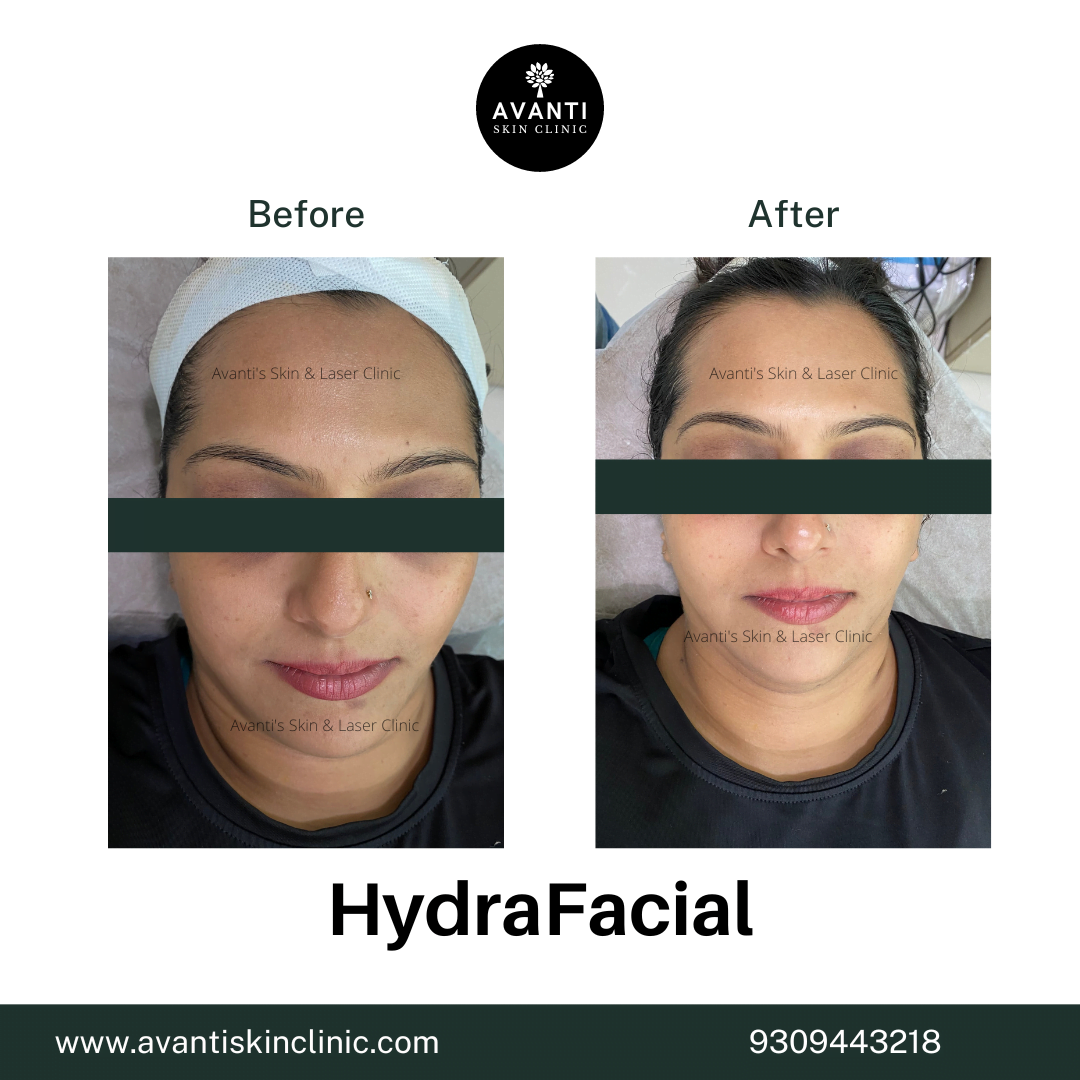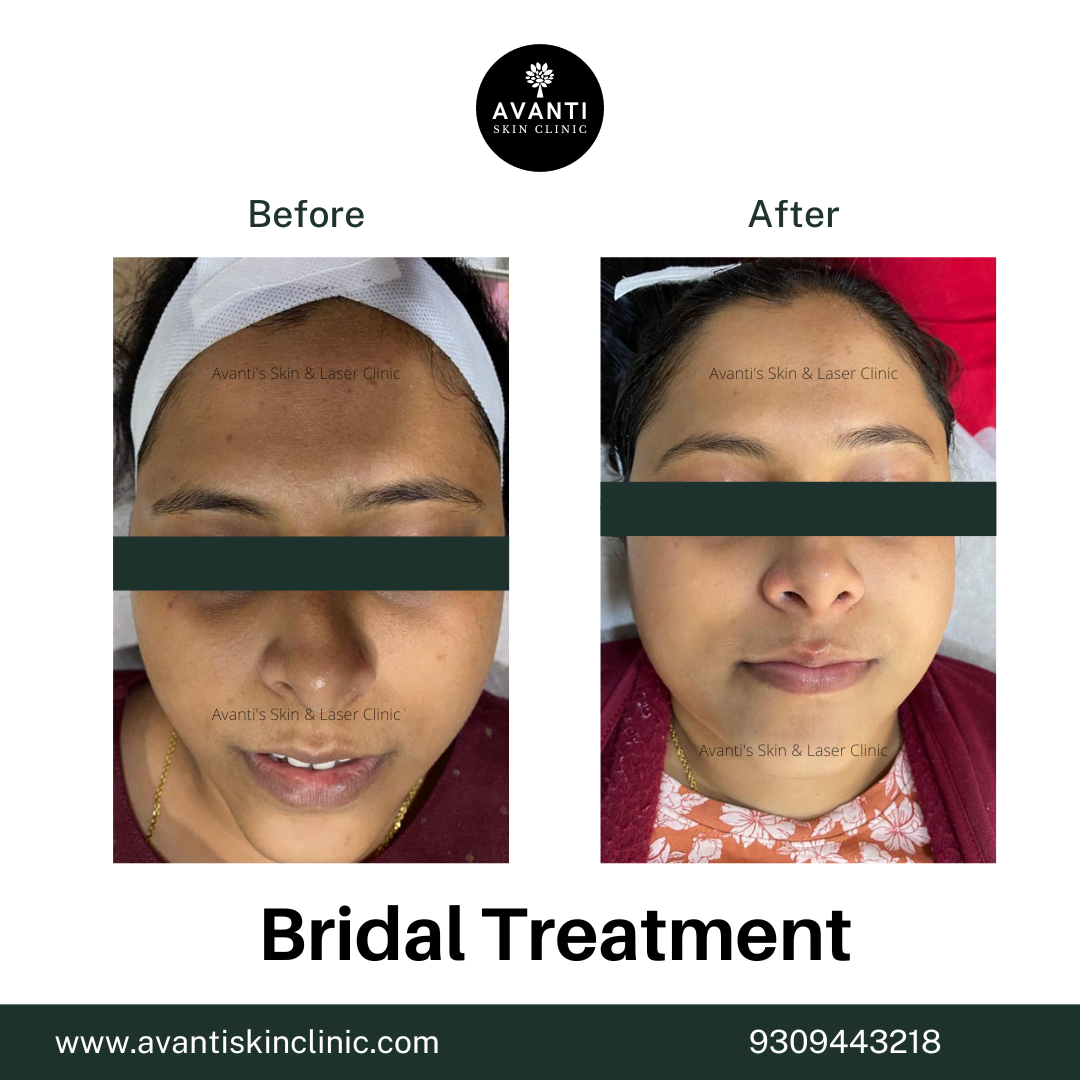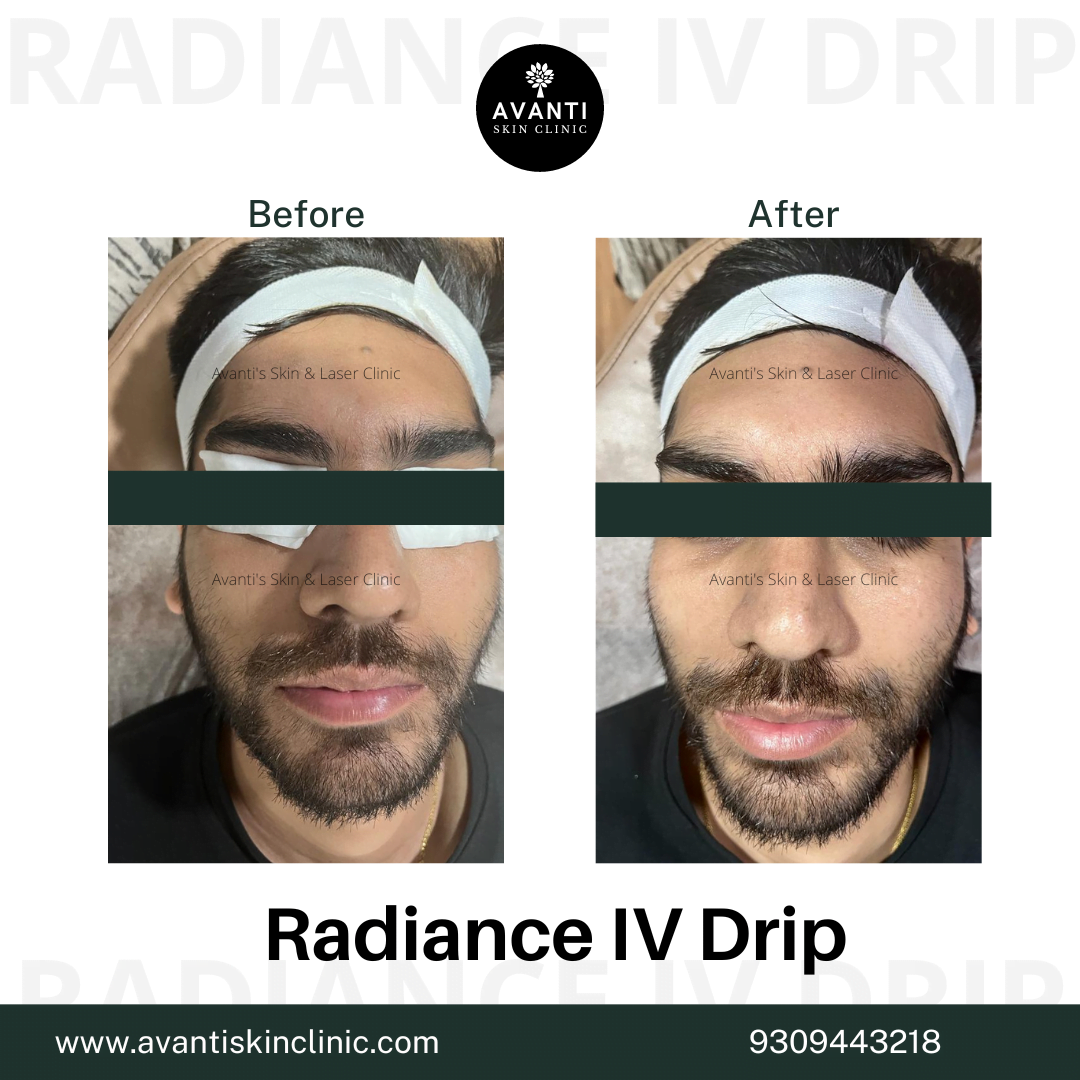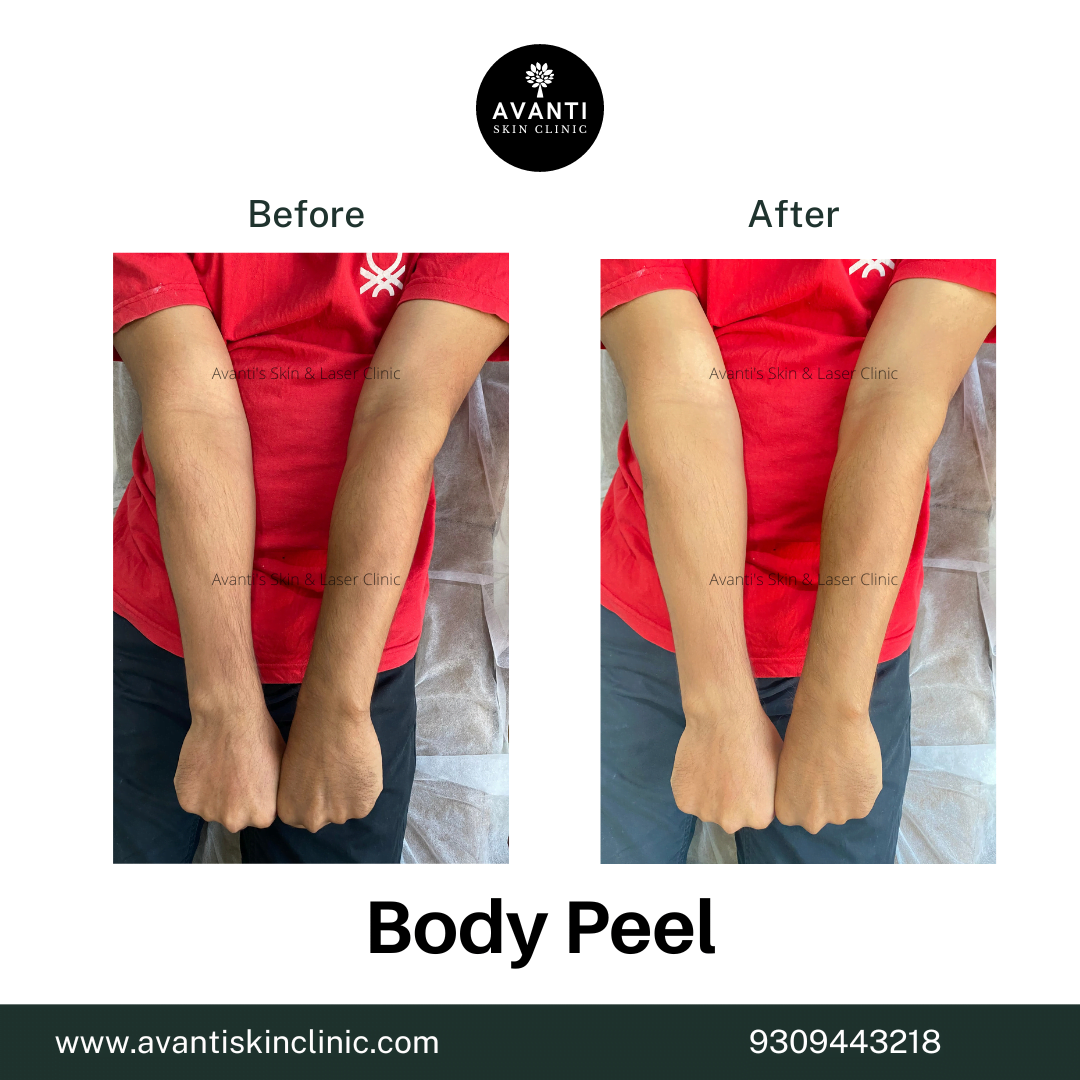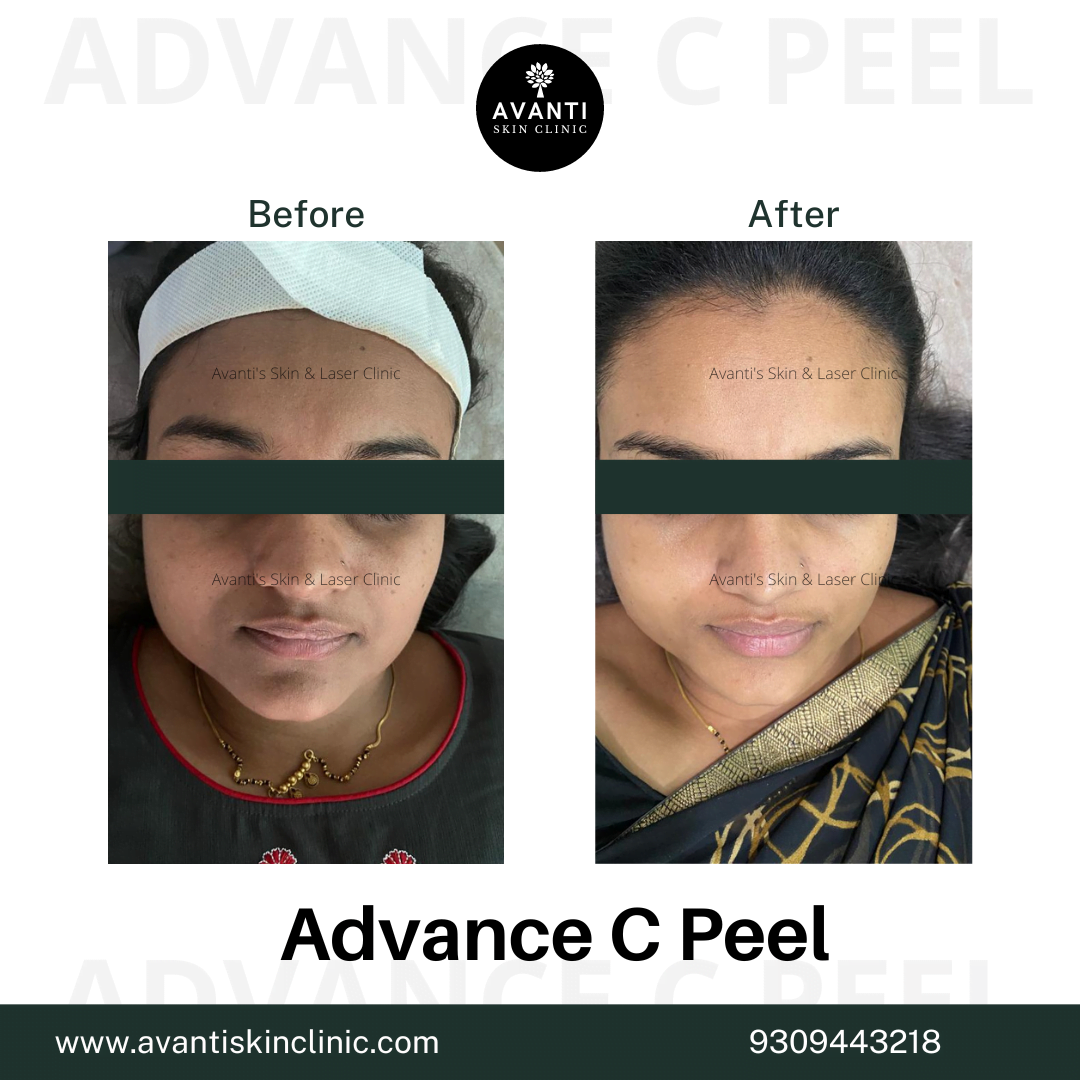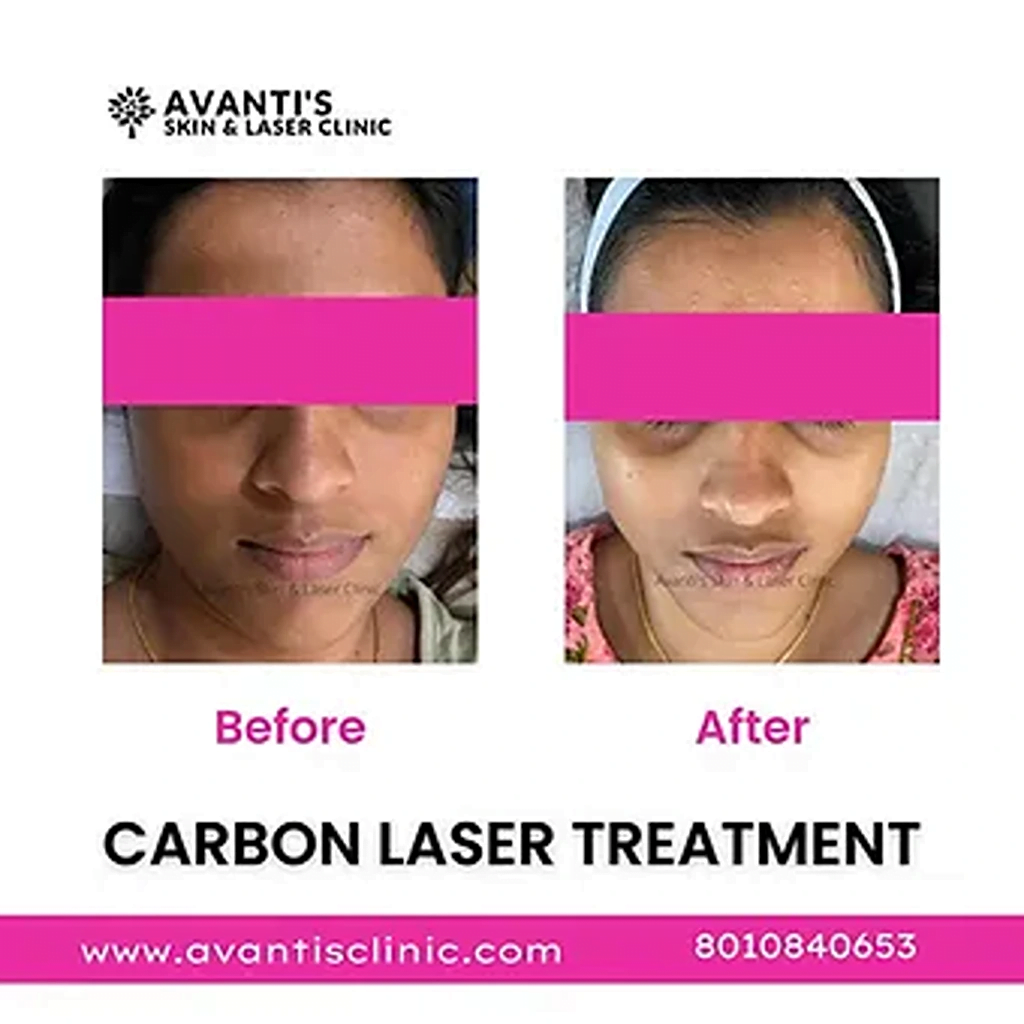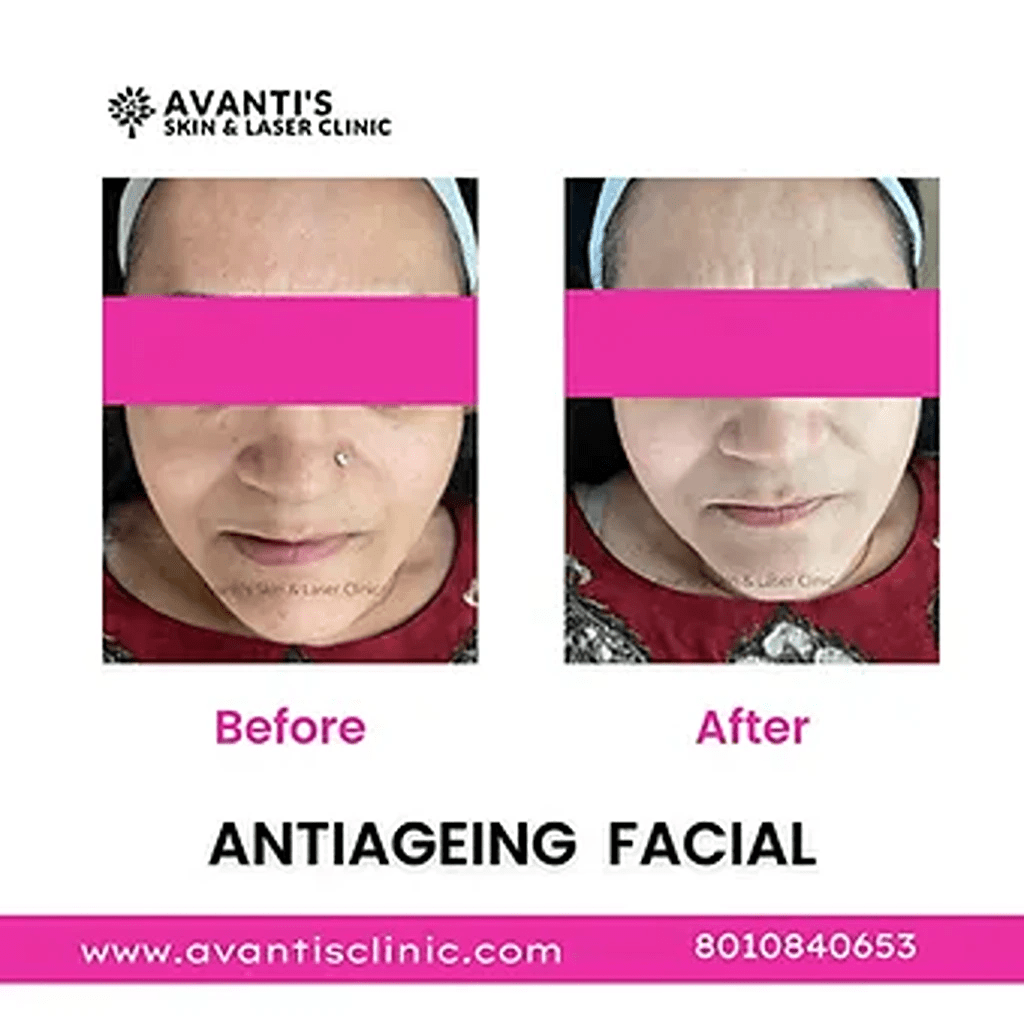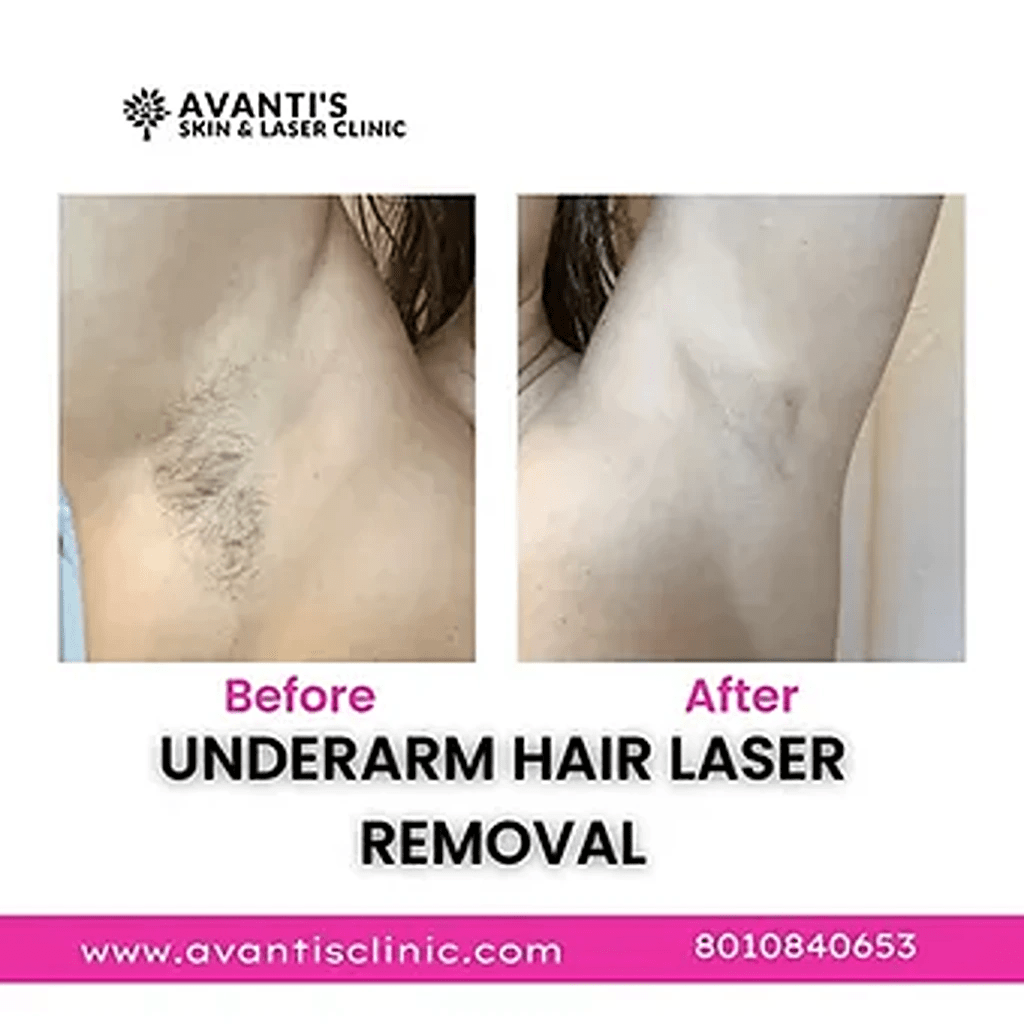Say Goodbye to Tanning:How Chemical Peels Can Help You Regain Brighter, Healthier Skin
Living in India, it’s nearly impossible to avoid sun exposure. Whether you’re commuting to work, shopping in open markets, or simply enjoying a day outdoors, sun tan is a common skin concern for many. While regular skincare helps to some extent, stubborn tan lines and dullness often need a professional touch.
One of the most effective solutions gaining popularity is the chemical peel for tan removal. From detanning to restoring your natural glow, chemical peels for sun tan are making waves in dermatology clinics across India. But does chemical peel remove tan effectively? What’s the best option for Indian skin types?
In this blog, we explore how chemical peels for tan work, who should consider them, and why they might be your answer to that long-standing tan.
Chemical Peels or D Tan Facial Kits?
Tan is frequently an unwanted side effect of being outside, leaving the complexion lifeless, uneven, and drab. It becomes unavoidable to get rid of the tan as soon as possible after a vacation. Chemical peeling and a Detan Facial kit can help in this situation. But which one should you pick? Let’s examine a few advantages, processes, and outcomes to help you make an informed choice.
D Tan Facial Kit
A D Tan face kit reduces the effects of tanning. The benefits of natural components like shea butter, cocoa butter, and aloe vera, as well as active ingredients like niacinamide and glycolic acid, are bestowed upon these pigmented face kits. They target your skin’s natural pigment, melanin, which seems to darken your skin when it is exposed to sunlight.
If you want to swiftly get rid of your tan at home, tan face kits are a wonderful choice. These kits can be completed at home and are simple to use. Results are only apparent after the initial use. To achieve brighter and more even-toned skin, simply follow the instructions, which in most packs include cleansing, exfoliating, and using a face mask that removes tan.
Advantages of D Tan Facial Kits
These kits are suitable for all skin types. Since D Tan face kits have undergone dermatological testing, they are actually beneficial for the skin. You can utilize it from the convenience of your own home. After a few minutes of treatment, results are apparent.
What is the process of chemical peel tan removal?
During a chemical peel, a chemical solution, such as salicylic acid or glycolic acid, is used to exfoliate the epidermis. Chemical peels remove browned skin and break down the outer layers of dead skin cells, which promotes the growth of new skin cells.
In order to have chemical peeling done, one must visit a dermatologist or skincare specialist. In addition to removing tans, chemical peels can improve the texture of the skin by removing pigmentation, acne scars, fine wrinkles, and other imperfections.
Chemical peels have the following benefits
Deeper exfoliation leads to better and longer-lasting effects.
It promotes healthy skin by inducing cellular regeneration.
In addition to tanning, it can also eliminate fine wrinkles and dark patches from the skin.
Which is more effective in removing tan: chemical peel for sun tan or D Tan face kits?
Both a chemical peel and a Detan face kit can remove tanning, but the outcomes and recovery times differ.
D Tan F0acial Kits: These are great for people who want to know how to instantly get rid of facial tan at home. They are easy to use from the convenience of your home and are nourishing. Although the effects are immediate, frequent sun exposure may cause the tan to return.
Chemical peels are one of the most professional therapies. If you would rather have your skin deeply rejuvenated, this might be a better option. This approach works better for people with deep or stubborn tans because the results last longer, even though they could take a few days to fully manifest.
Skin Type Considerations
Your skin type will have a significant impact on the choice you make.
For Sensitive Skin: D Tan facial kits are safer choices for those with sensitive skin because they are quite gentle on the skin.
For Oily or Acne-Prone Skin: Salicylic acid-based chemical peels have been shown to effectively cure acne by lowering the production of oil. People with oily skin can use them without risk.
Get Your Glow Back with a Professional Detan Solution
A chemical peel for tan removal is more than just a beauty treatment—it’s a scientific method to restore your skin’s natural brightness. Whether you’re dealing with a mild tan or deeper sun damage, these peels can help rejuvenate your skin safely and effectively.
Don’t let tanning dull your confidence. Visit a trusted skin clinic near you and talk to a dermatologist about the best chemical peel for tan removal that suits your skin type. Say hello to clear, radiant, and tan-free skin—because you deserve it.
Frequently Asked Questions
Yes, a chemical peel can significantly reduce or remove tan by exfoliating the topmost pigmented layer of skin. However, the results may vary depending on the depth of the tan and the type of peel used. For best results, consult a dermatologist for a personalized treatment plan.
For Indian skin, glycolic acid, lactic acid, and mandelic acid peels are commonly recommended. These are gentle yet effective for treating pigmentation and sun tan without causing irritation or post-inflammatory hyperpigmentation.
Most patients see visible improvement after 2–4 sessions. However, the exact number of treatments depends on the severity of the tan and your skin’s response to the peel.
Yes, when done under the supervision of a certified dermatologist, chemical peel for detan is generally safe for all skin types. The concentration and type of acid used are chosen based on your skin sensitivity and concern.
After a tan removal chemical peel, avoid direct sunlight, apply a broad-spectrum sunscreen regularly, and stay hydrated. Follow your doctor’s instructions carefully for aftercare to prevent redness or peeling.


